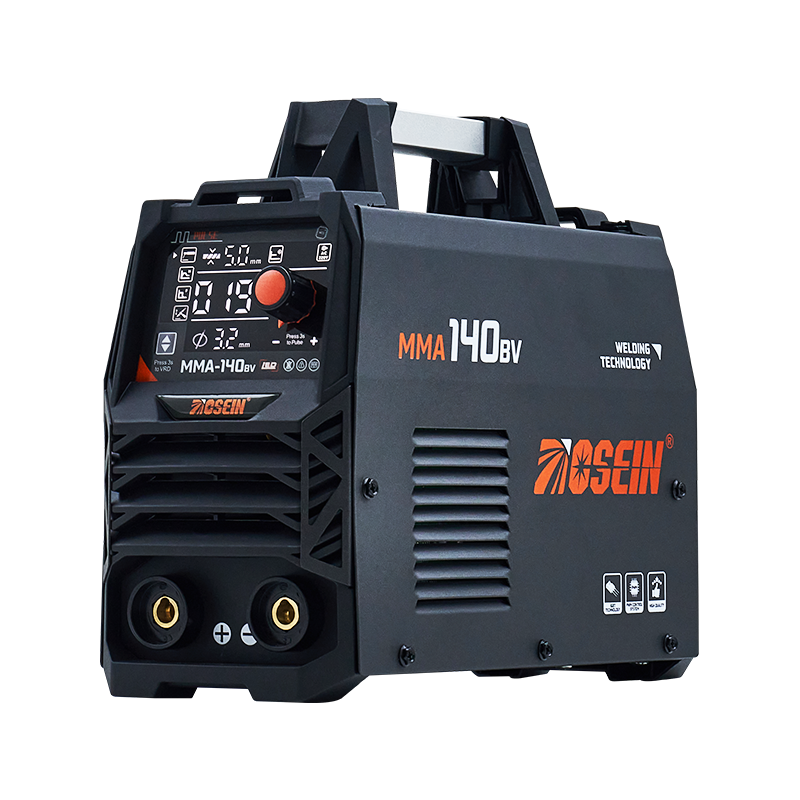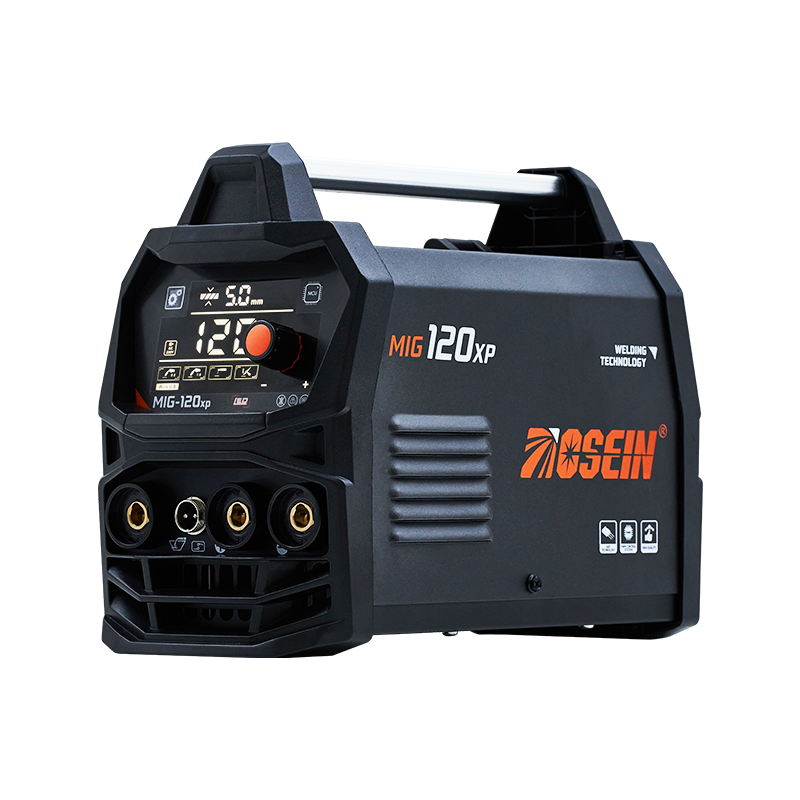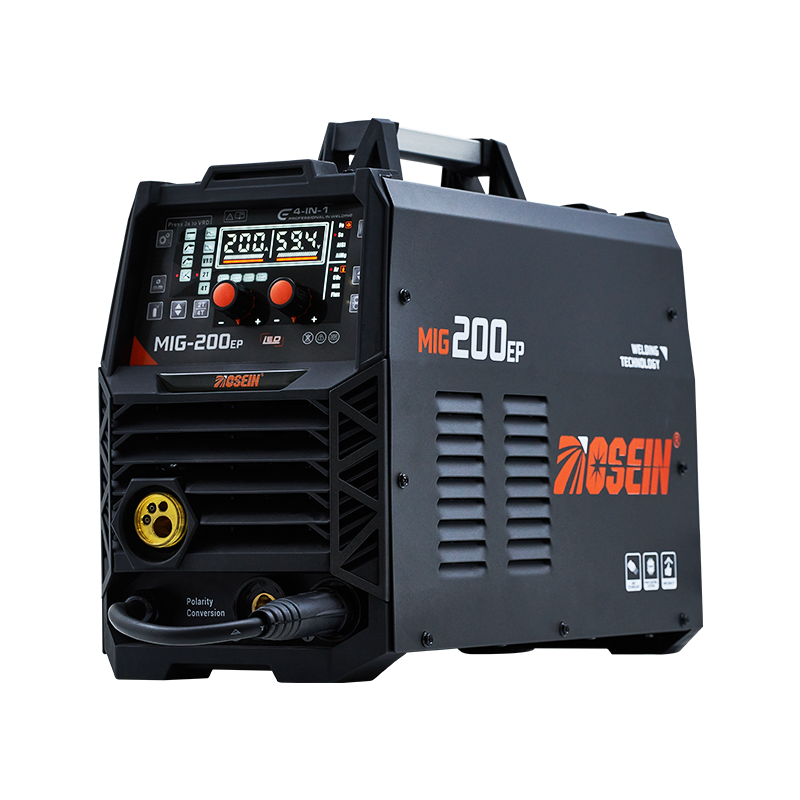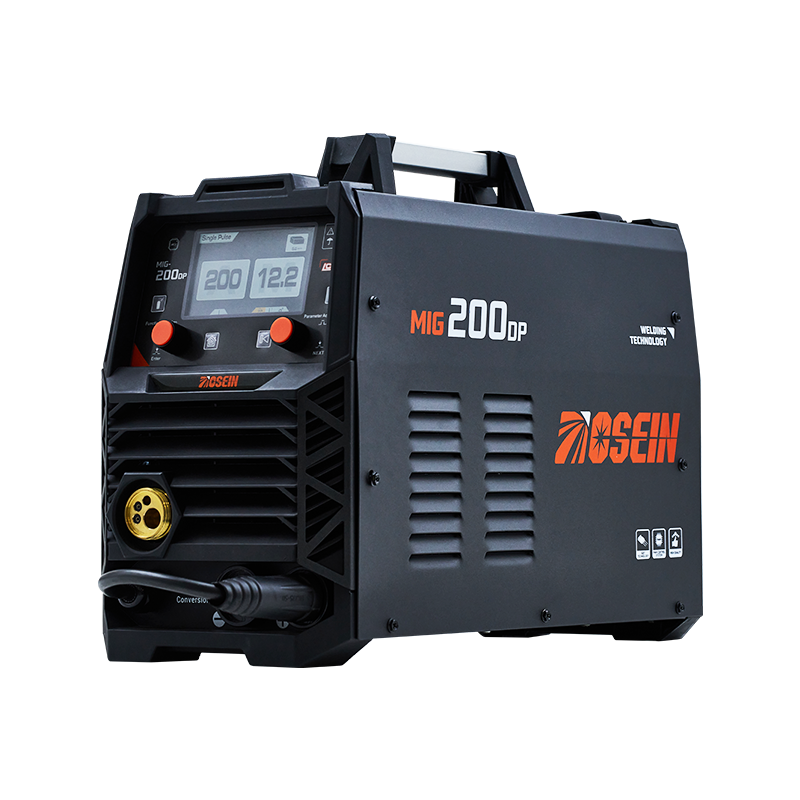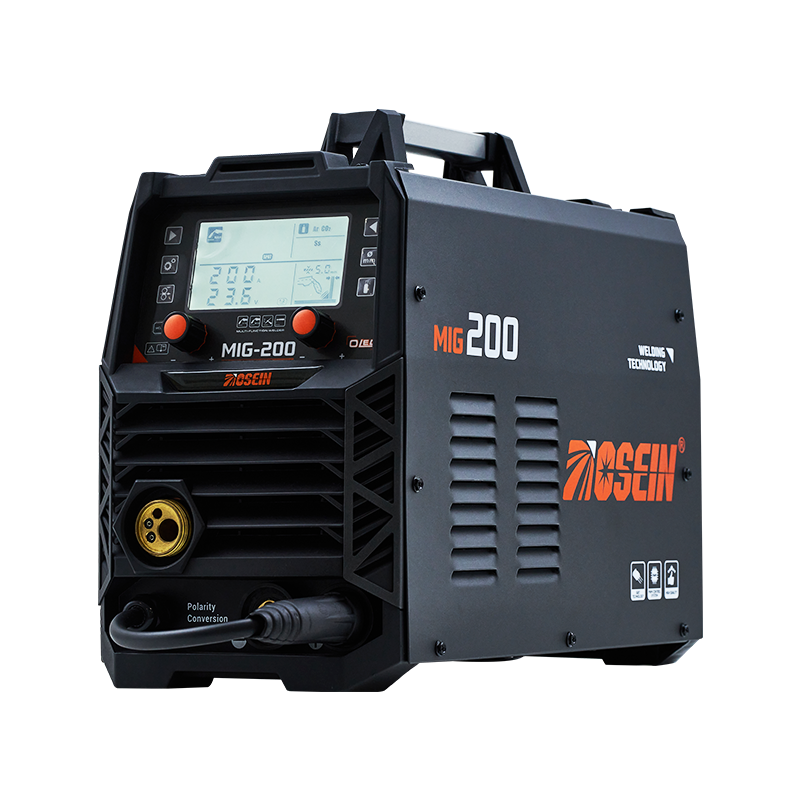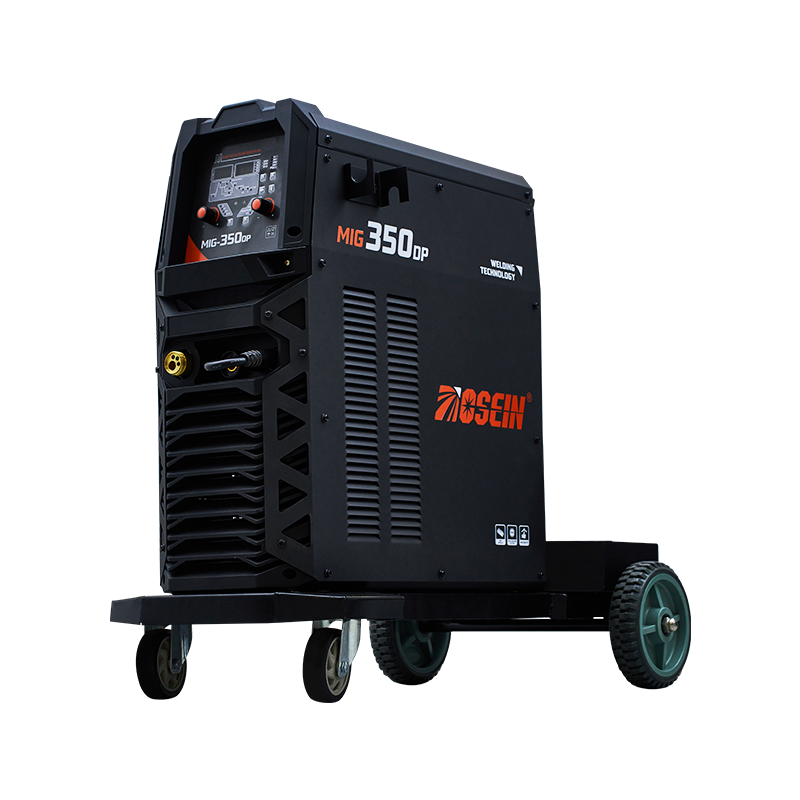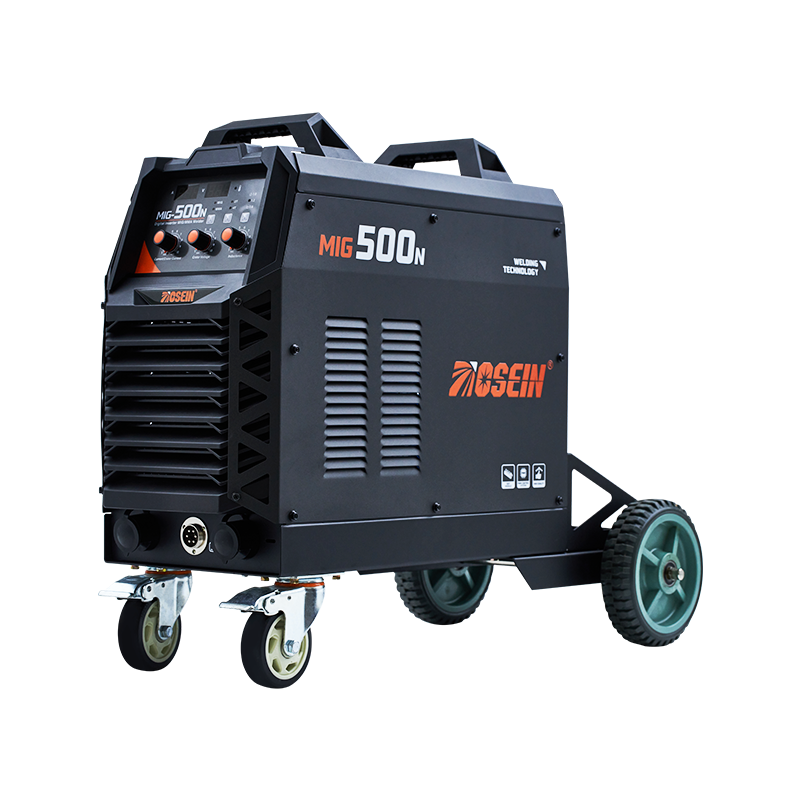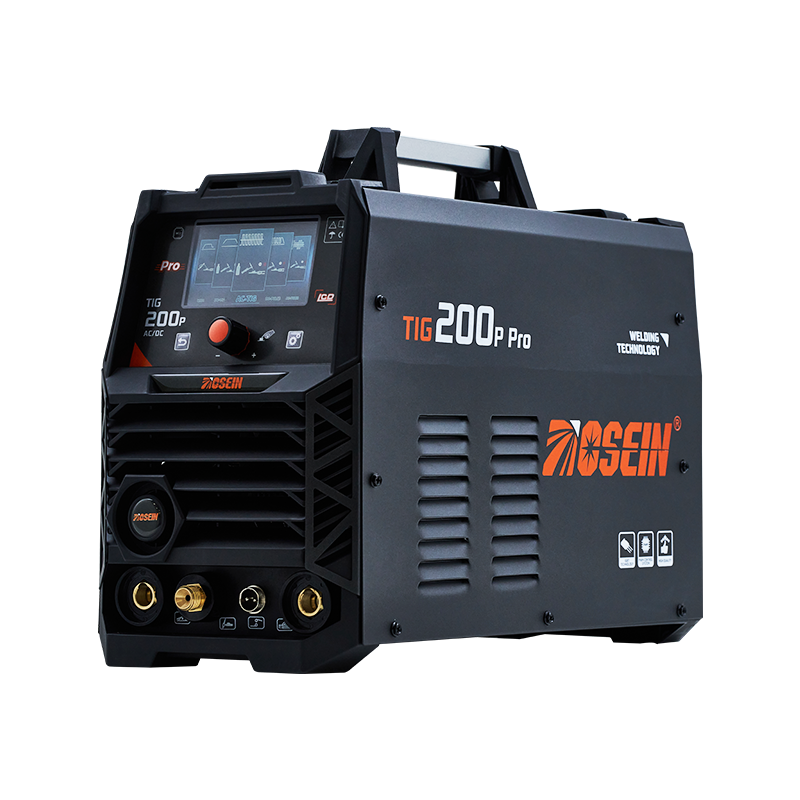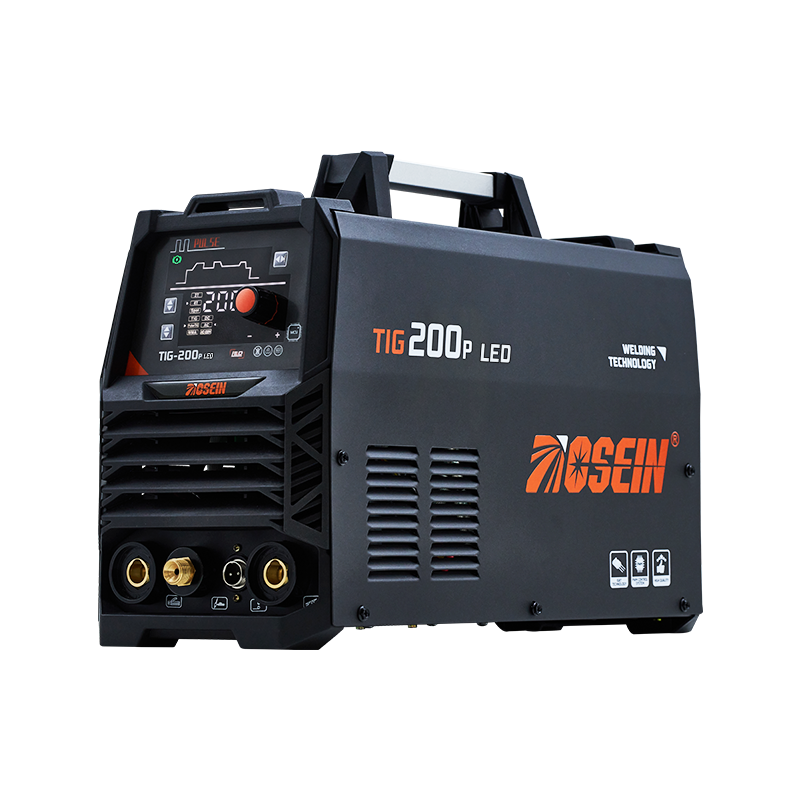
Aluminum welding presents unique challenges due to the metal's high thermal conductivity and tendency to warp or burn through during welding. Traditional TIG welding methods require careful heat management, which can be difficult for both beginners and experienced operators. Pulse technology, integrated into aluminum TIG welders, addresses these challenges and provides more control over the welding process.
The Challenges of Aluminum TIG Welding
Aluminum has a low melting point and dissipates heat quickly. This makes it prone to distortion if the welding arc is not carefully controlled. Inconsistent heat can also result in uneven penetration or incomplete fusion, compromising the strength and appearance of the weld. Standard TIG welding requires a steady hand and careful adjustment of amperage to avoid these issues, which can slow down productivity and increase the likelihood of errors.
Introduction to Pulse Technology
Pulse TIG welding machines introduce a controlled pulsing current into the welding process. Instead of a continuous steady arc, the welder alternates between a high-amperage pulse and a low base current. This pulsation allows the operator to heat the aluminum more gradually, reducing the risk of burn-through and warping while maintaining sufficient penetration for a strong weld.
Pulse aluminum welders offer additional benefits, including improved arc stability and cleaner weld pools. The pulsing action helps remove contaminants from the weld surface, which is particularly important in aluminum welding, where oxides can interfere with proper fusion. By providing precise control over heat input, pulse technology enables welders to produce consistent, high-quality results.
Advantages of Using Aluminum TIG Welders with Pulse
Aluminum TIG welders equipped with pulse functions allow for a greater range of applications and material thicknesses. Thin aluminum sheets can be welded without distortion, while thicker components receive adequate penetration without excessive heat. This versatility is particularly valuable in industries like automotive repair, aerospace, and custom fabrication, where aluminum is commonly used.
The pulse feature also improves efficiency. Welders can work at higher travel speeds without sacrificing control, reducing the time required for each weld. Additionally, the consistent arc generated by pulse TIG welding machines results in a more uniform bead appearance, reducing the need for post-weld cleanup or grinding.
Practical Applications
Pulse aluminum welders are suitable for both professional workshops and advanced DIY projects. They are effective for detailed fabrication, repair work, and repetitive tasks where consistent quality is crucial. The combination of controlled heat, stable arc, and precise penetration makes pulse TIG welding machines particularly useful for aluminum alloys, which can be sensitive to temperature fluctuations.
By improving control and predictability, pulse technology allows welders to approach aluminum projects with confidence. The result is stronger welds, cleaner surfaces, and reduced material waste, all of which contribute to improved overall project outcomes.
Pulse technology has transformed aluminum TIG welding by providing precise control over heat input and arc stability. Aluminum TIG welders, pulse aluminum welders, and pulse TIG welding machines equipped with this feature allow operators to produce consistent, high-quality welds with reduced risk of distortion. By managing heat more effectively and enhancing arc control, pulse TIG welding technology improves both the efficiency and reliability of aluminum welding projects, making it a valuable tool for professionals and enthusiasts alike.
